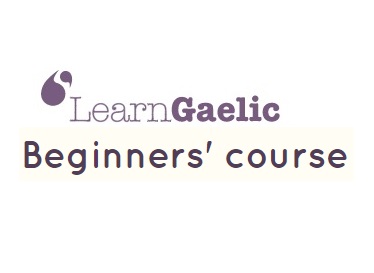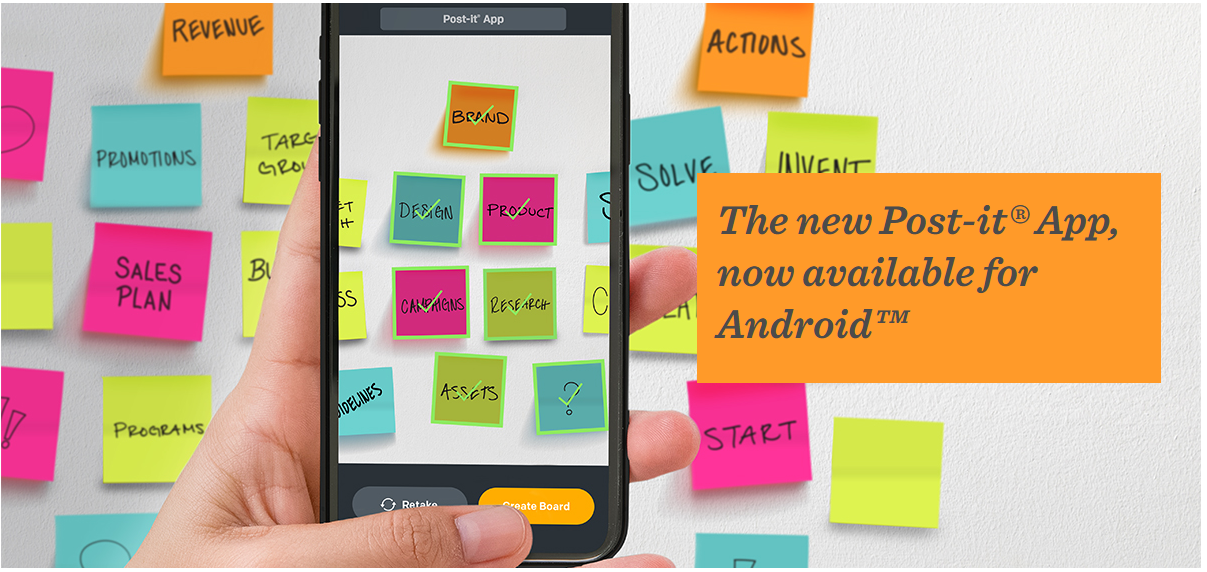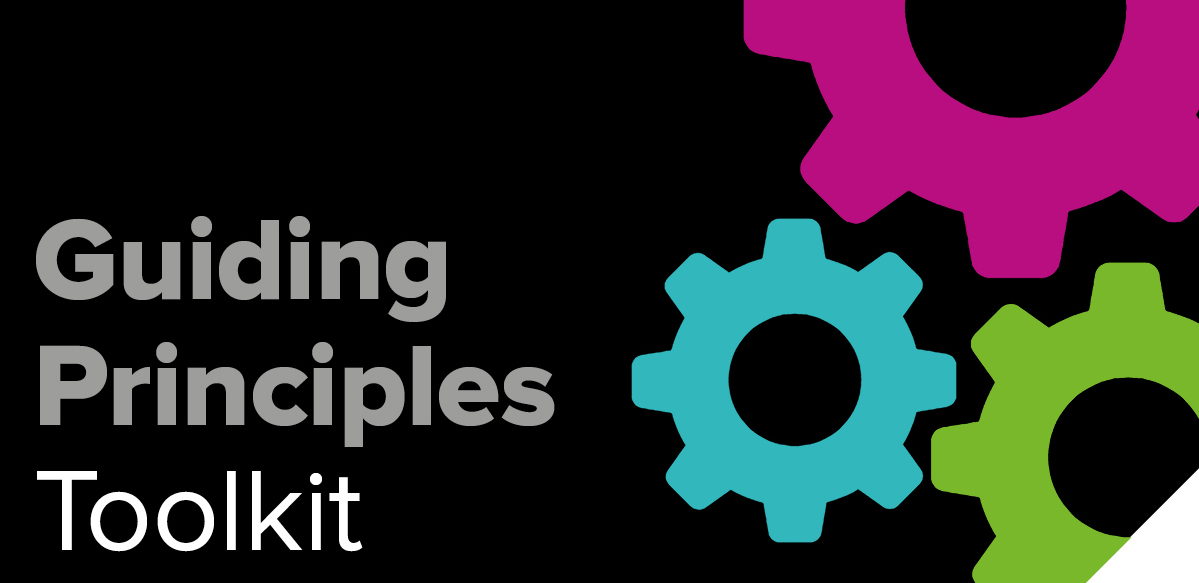Learning
This category contains learning resources.
Mindfulness Based Stress Reduction
By People Development No Comments
What it is
Mindfulness Based Stress Reduction
An 8-week evidence based experiential course based on mindfulness meditation training
Why I found it useful
Over the last two decades, there has been an expansion and proliferation of mindfulness meditation programmes employed within education, work and healthcare settings. The aim of these programmes is to decrease stress and improve attention and well being
Who might find this useful?
Although some participants do find the course helpful in their work with patients, the primary emphasis at this stage is on developing our own capacity for mindful attention.
How long does it take?
The next course will meet weekly at Roxburghe House from 5.15pm to 7.15pm starting on Thursday, 31st October 2019 for 8 consecutive Thursdays (until 19th December 2019). There will also be one full Saturday retreat on 7th December 2019.
The course also entails approximately 30-40 minutes/day (6 days per week) of home practice in between the taught sessions. Although participants consistently find it a challenge, the amount of benefit they derive from the course is contingent upon their capacity and willingness to make this commitment. Again, I would recommend that you consider this carefully before enrolling.
Learn Gaelic – Beginners Course
By Fiona Lindsay No Comments
What it is
Free online resource for absolute beginners to learn the Gaelic language! Work through from Lesson 1 to Lesson 60, as there is some progression in the level of language difficulty.
Why I found it useful
Easy and very accessible
Who might find this useful?
Anyone!
How long does it take?
Work through at your own pace
Emotional Intelligence – Develop your soft skills at MindTools.com
By People Development No Comments
What it is
We all have different personalities, different wants and needs, and different ways of showing our emotions. Navigating through this all takes tact and cleverness – especially if we hope to succeed in life. This is where emotional intelligence becomes important.
Emotional intelligence is the ability to recognize your emotions, understand what they’re telling you, and realize how your emotions affect people around you. It also involves your perception of others: when you understand how they feel, this allows you to manage relationships more effectively.
Why I found it useful
This is a great article. Simple and applicable.
Who might find this useful?
Anyone!
How long does it take?
30 minutes
https://www.mindtools.com/pages/article/newCDV_59.htm
Kindness Balloon
By People Development No Comments
Materials Required
Objectives
TOK firmly believe that kindness is a key and core value to maintaining a happy, healthy life, relationships and working environment for everyone…
…so Team TOK thought we’d give you a little something; from us to you.
Following the success of our viral “Balloon Monday” video from earlier this year; a team of our superhero speakers have put together a balloon pack that not only highlights the impact everyone in your organisation can make by being a bit more friendly, helpful and overall more kind but provides you with material to help you create a more caring and kind culture.
Time
30 – 60 minutes
Instructions
This pack is designed to be used however you want. It can be used as a part of a team meeting, to kick off a conference, as part of a wellbeing programme or simply used to generate some conversation around the theme of kindness and positive relationships.
If you found this pack valuable, why not pay it forward to anyone and everyone that you think could benefit from using it (colleagues, friends, anyone!).
What do you think of this? Have you tried this activity? Add your ideas to make it better below.
Guidelines for Brainstorming
By People Development No Comments
Idea generation phase:
- Limited time session
- No idea is silly
- One person’s crazy idea leads to another’s inspiration
- Listen actively
- Keep an open mind
- Don’t judge
- Build upon other people’s ideas
- Think about what was just said…look for slightly different positions
- Think about what was just said…look for opposite positions
- Use genuine inquiry for clarification…no false inquiry
Idea selection phase:
- As a group, identify the top group, 3-5 of ideas
- First discuss possibilities, then select individually
- This may be by distributing votes by using markers or Post-its to each selection
- Often people can be given 5 – 10 votes each to distribute between their favourites – they can give all 5 to one idea or spread it between several.
- Look at the team rankings
- List the top items and then discuss them as a team
Action planning phase:
- Decide upon the priority items, and put together an action plan which prioritises actions over time
- Decide who is responsible for each action
- Action phase
Review phase:
- Set up a review meeting
What do you think of this? Have you tried this activity? Add your ideas to make it better below.
Key Questions
By People Development No Comments
Objectives
- To help your team agree and communicate the following information about any issue that your team faces – what the issue is, why is it important, how are we dealing with it and what are the costs and benefits of addressing the issue.
Time
45 minutes
Materials Required
Flip chart and pens.
A flip chart with the Key Questions already written on it.
Instructions
- The activity leader puts a flipchart at the front of the room with the key questions on it.
- The activity leader asks the team to identify an issue that needs to be addressed.
- Read through the following questions and ask for answers:
What if…
What are the costs? Why will this make a difference? | Why Why is this important? What will happen if nothing is done? What does it all come down to? |
How
What are the alternatives? What is the best way to deal with this? | What What is it all about? What’s the goal? What relevant information do we have? |
- Ask the team members to call out suggested answers for each question in turn.
- When all the ideas are captured, the activity leader then summarises the suggested answers for each question.
- If more information or editing of the answers is required, the activity leader should assign this task to a team member with a deadline for completion.
Debrief
Debrief:
- How useful did your team find this technique for agreeing and communicating information about issues?
- How can the team make use of this tool to improve the effectiveness of the team?
Next Steps:
Ask one of the team members to use this technique as a way to discuss an issue at the next team meeting.
What do you think of this? Have you tried this activity? Add your ideas to make it better below.
Stop, Start, Do More, Do Less
By People Development No Comments
Objectives
- To reflect on what is important and how the team should change its behaviours and/or tasks.
- To re-set team goals.
Time
45 minutes
Materials Required
Four different coloured sets of wall cards (at least 5 of each colour for each team member), masking tape and pens.
For this exercise you will need a large empty wall.
Instructions
- This exercise can be done separately for a number of “task” characteristics or “climate” characteristics separately, or if you like you can do it generally for all aspects of team work.
- On one card of each colour write “stop” “start” “do more” and “do less” respectively and stick those on the wall with plenty of room (2 meters) between each.
- Divide the team into subgroups of 4-6 team members. Give each team a pile of cards of each colour. Ask the team to come up with as many ideas of what the team should start doing, stop doing, do more of or do less of and write that is big letters on the appropriate coloured card. This is a kind of brainstorming, so no idea should be rejected. You may like to specify whether they should concentrate on task, climate or give a free reign.
- Once the team is ready, the cards are stuck to the wall under each grouping.
- Gather around the wall and look at the proposals. These can be clustered into groups.
- Map out an action plan for the coming months on changes to the way the team works.
- Keep a record and revisit the list periodically.
Debrief
- Identify trends. Try to separate the urgent and important.
- If the exercise was not restricted to task or climate, what seems to predominate?
What do you think of this? Have you tried this activity? Add your ideas to make it better below.
All Stressed Out
By People Development No Comments
Objectives
- To improve the team’s performance by helping team members reduce their stress levels.
Time
45 minutes
Materials Required
The “Understanding Stress” handout.
Flip chart and marker pens.
Instructions
- The activity leader asks the rest of the team members to call out examples of typical causes of stress. Write the list up on a flip chart at the front to the room.
- After 15 minutes, the activity leader shows the rest of the team the handout. Check that everything was there. (Clearly some will be phrased differently.)
- One interesting activity is to now do a survey through a voting process. Give everyone three adhesive dots and on a flip chart or 20 sheets of A4 paper stuck to the wall ask team members to “vote” on the three causes of stress from which they suffer most.
- Discuss actions that can be taken to deal with each stressor starting from the most critical.
- Establish team rules for stress management behaviours.
Debrief
- Look carefully at the work unit processes and the interpersonal behaviours as it is these that the team as a whole might be able to address collectively.
- Ask the team to suggest actions that the team can take to avoid the worst and strengthen the best examples.
Note
The activity leader may like to read a book on stress management before the session.What do you think of this? Have you tried this activity? Add your ideas to make it better below.
Top Twenty Time Traps
By People Development No Comments
Objectives
- To improve the team’s output – impact by helping the team eliminate time-wasting activities and so be more productive.
- To learn time management solutions from each other.
Time
30 minutes
Materials Required
The “top twenty time wasters” handout.
Flip chart and marker pens.
Instructions
- The activity leader asks the rest of the team members to call out examples of typical time wasters. Write the list up on a flip chart at the front to the room.
- After 15 minutes, the activity leader shows the rest of the team the handout. Check that everything was there. (Clearly some will be phrased differently.)
- One interesting activity is to now do a survey through a voting process. Give everyone three adhesive dots and on a flip chart or 20 sheets of A4 paper stuck to the wall ask team members to “vote” on the three time-waster which they suffer from most.
- Discuss actions that can be taken to deal with each time waster starting from the most critical.
- Establish team rules for time management behaviours.
Debrief
- What are the underlying questions that need to be asked in order to help reduce these time wasters?
- Ask the team to suggest actions that the team can take to avoid the worst and strengthen the best examples.
Note
The Activity leader may like to read a book on time management before the session. One that is recommended is The Time Trap, Alec MacKenzie, AMACOM, 1997.





You must be logged in to post a comment.